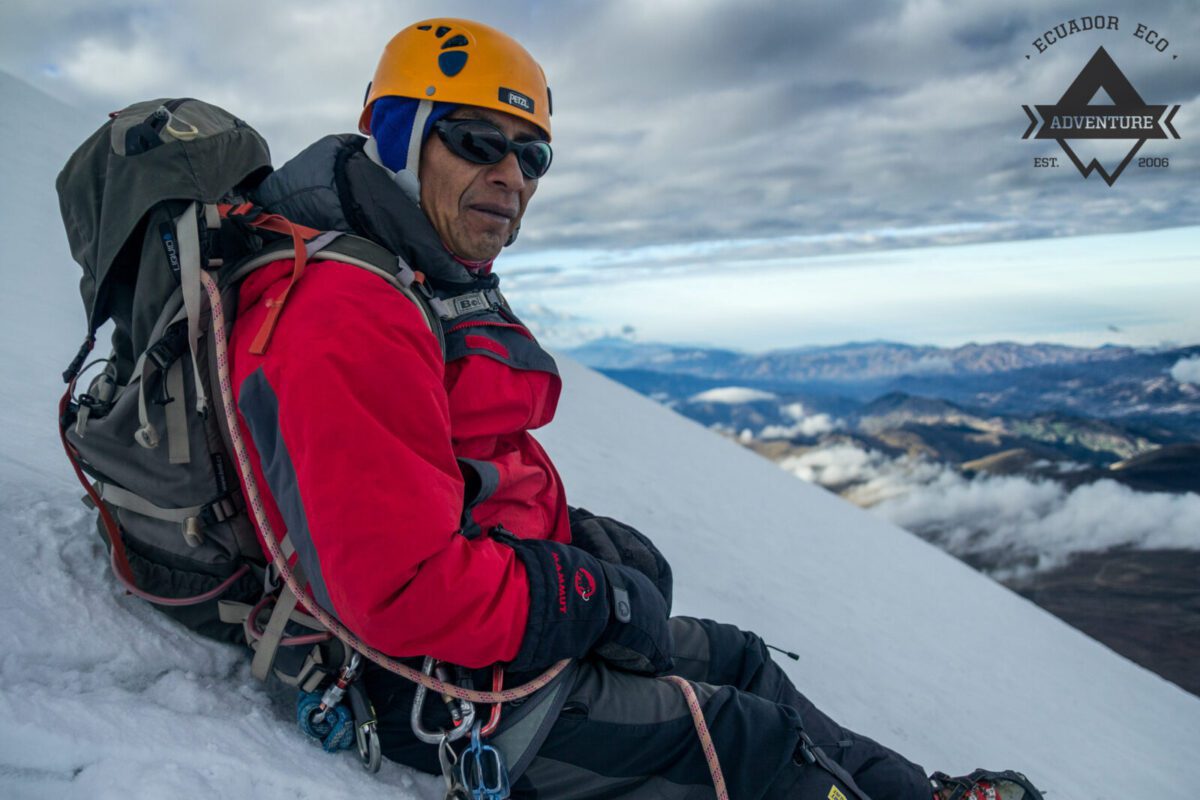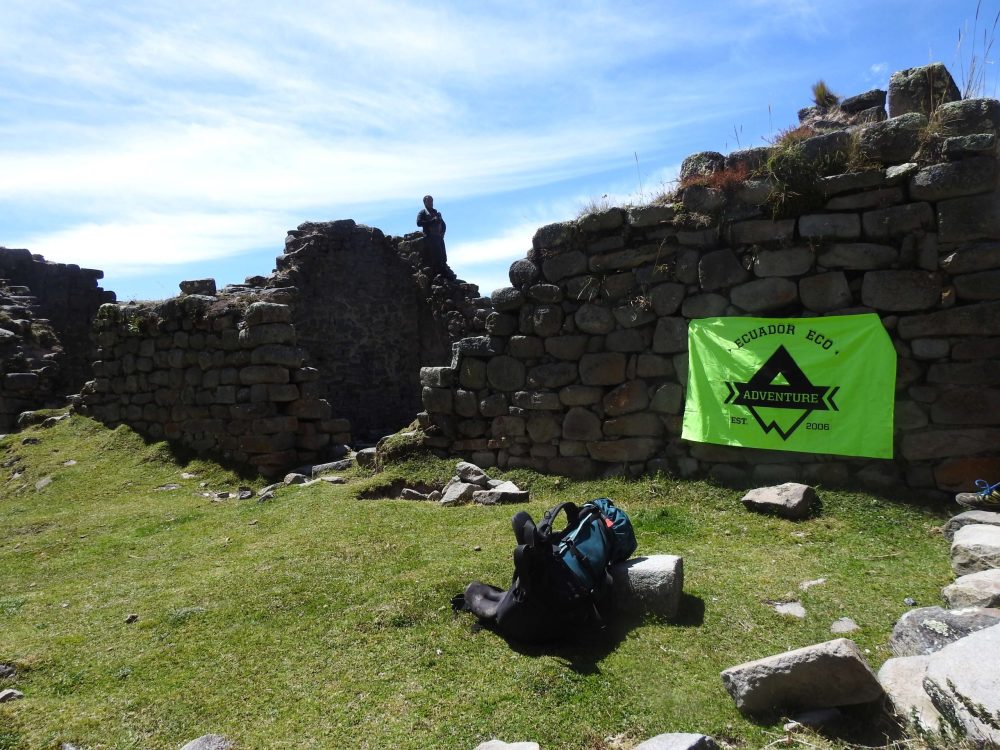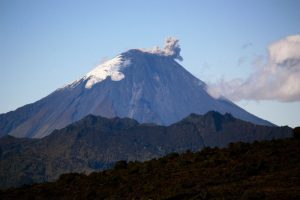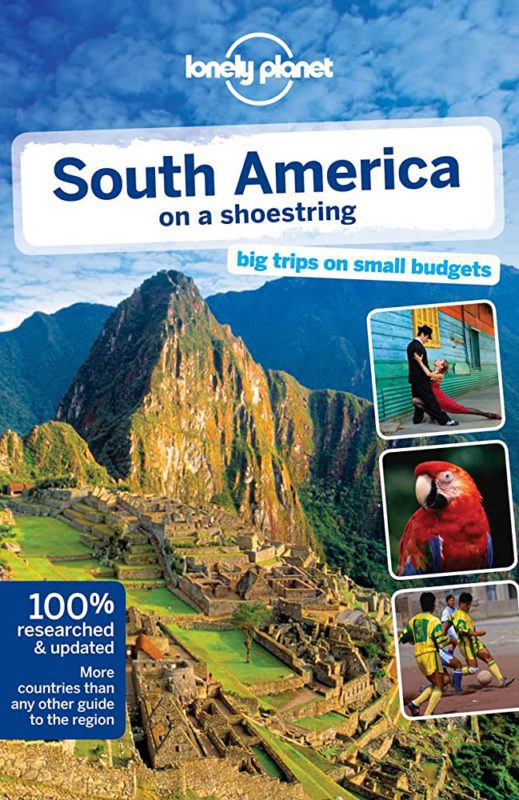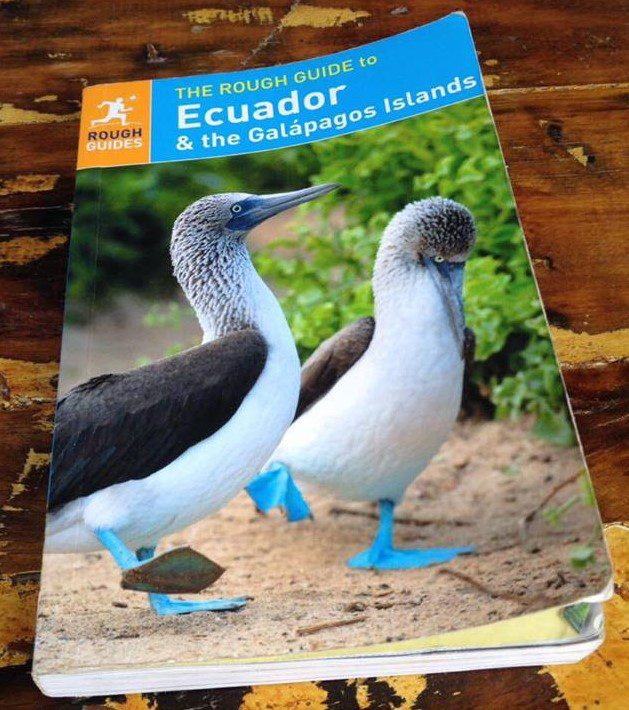GUIDE TO TREKKING IN ECUADOR
The Ecuadorian Andes offer a wide range of ecosystems and landscapes to explore for those who enjoy trekking and hiking. These ecosystems and landscapes are the result of the region’s unique geography, which features high-altitude peaks, deep valleys, and diverse microclimates. In this article, we will explore the different ecosystems and landscapes one can experience while trekking and hiking in the Ecuadorian Andes.
Paramo High-Altitude Wetlands

The Paramo ecosystem is a unique high-altitude ecosystem found in the Andes of South America, including Ecuador. It is characterized by cold temperatures, strong winds, and low oxygen levels due to high altitudes. The vegetation in the Paramo ecosystem is made up of grasses, shrubs, and mosses that have adapted to the harsh conditions. While hiking in this ecosystem, trekkers can witness a variety of plants and flowers, including the iconic Frailejón, a tall plant with fuzzy leaves and yellow flowers. The Paramo ecosystem is an important water source for the surrounding areas, as the plants trap moisture and release it slowly, feeding the many rivers that flow down the mountains.
Cloud forest
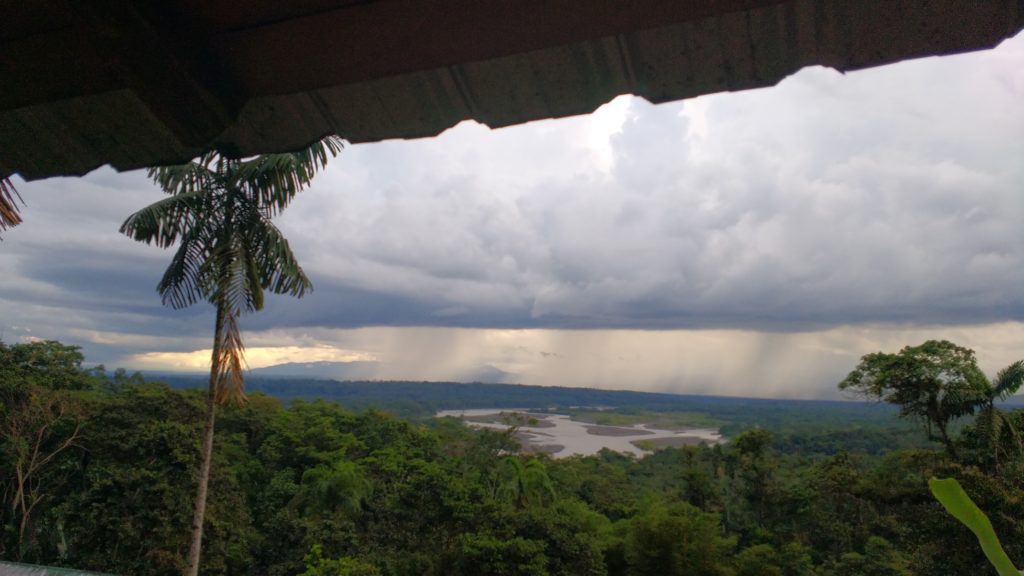
The cloud forest is a unique ecosystem that is found in the humid areas of the Andes. This ecosystem is characterized by a thick layer of clouds that cover the forest canopy, providing a constant supply of moisture for the vegetation. The cloud forest is home to a wide range of plant and animal species, including orchids, bromeliads, hummingbirds, and howler monkeys. The cloud forest is a magical place to hike, with a dense and humid atmosphere that is unlike any other ecosystem. Trekkers should be prepared for frequent rain and mud, as well as the possibility of encountering leeches.
High Andean Forest
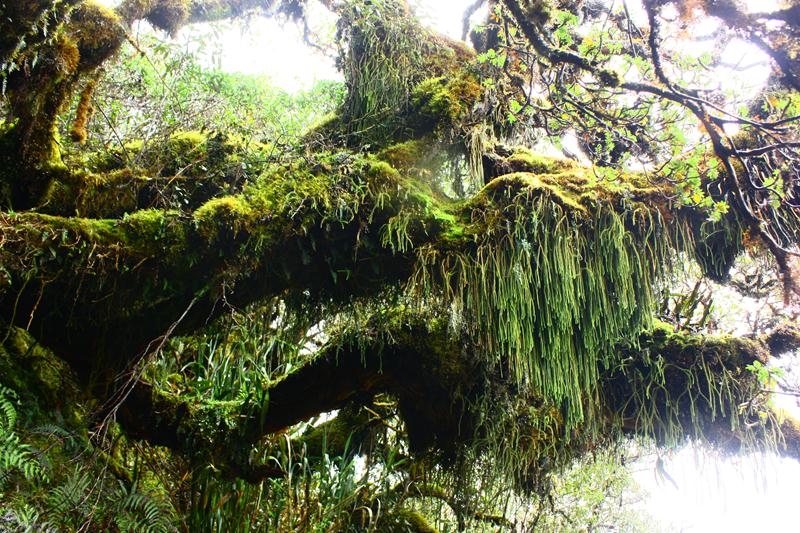
The high Andean forest is a diverse ecosystem that is found in the lower regions of the Andes. This ecosystem is characterized by a mix of evergreen and deciduous trees, as well as a wide range of shrubs, herbs, and ferns. The high Andean forest is home to a variety of bird species, including the Andean Condor, the national bird of Ecuador. Trekkers can also expect to see a variety of mammals, including spectacled bears, deer, and foxes.
Volcanic Landscape
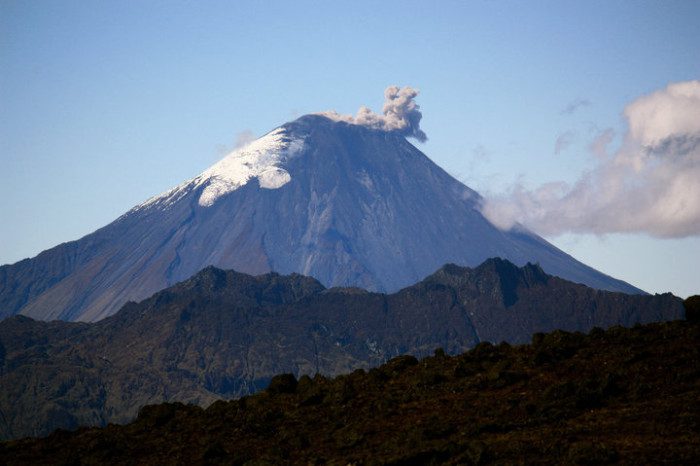
The Andes of Ecuador are home to many active and inactive volcanoes, including the Cotopaxi, Tungurahua, and Chimborazo. The volcanic landscape is characterized by dramatic peaks and valleys, with steep slopes that can make for challenging hikes. Trekkers who brave the volcanic landscape can witness unique rock formations and a range of microclimates that are found at different altitudes. The volcanic landscape is also home to a variety of plant and animal species, including the Andean Fox and the Andean Condor.
Alpine Tundra

The Alpine Tundra is a unique ecosystem that is found at the highest altitudes of the Andes. This ecosystem is characterized by low temperatures and strong winds, with few trees and a predominance of grasses and low-lying plants. The Alpine Tundra is a fragile ecosystem that is easily disturbed by human activity, and trekkers should be careful to avoid trampling on delicate plant species. The Alpine Tundra is home to a variety of animal species, including the Andean Gull and the Viscacha, a small rodent that resembles a rabbit.

